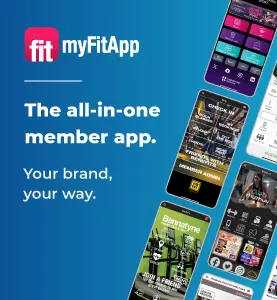Current physical activity guidelines for adults in the UK recommend 2.5 hours of moderate exercise – or 1.25 hours of vigorous exercise – a week. But just how frequently you need to work out to achieve optimum health, and how hard, remains unclear. Neither is it clear if there’s an upper limit – at what point might we actually be doing too much exercise?
Two new studies, both of which were published in the JAMA Internal Medicine journal in April, reveal some interesting facts.
Exercise frequency
In the larger of the two studies*, the National Cancer Institute in the US collaborated with other research organisations to collate data on physical activity levels among 661,137 men and women. The people were from Europe and the US and had an average age of 62. They were categorised by the amount of exercise they did each week. The researchers then cross-referenced the exercise data with death rates among the group over a 14-year follow-up period.
People who were sedentary, doing no exercise, faced the highest risk of mortality. No surprises there.
However, even those whose moderate activity levels fell below the recommended guidelines of 2.5 hours a week – people who were at least doing something – still benefited from exercising: their risk of dying was reduced by 20 per cent when compared to those who were not active at all.
Longevity increased among those who met the minimum levels of exercise, or who did twice as much (between 2.5 and 5 hours a week): this group were 31 per cent less likely to pass away during the 14-year follow-up.
But the optimal results from exercise were seen among the people who engaged in three to five times the amount of activity recommended by the official guidelines (equating to 7.5–12.5 hours of leisurely activity a week): they had a 39 per cent lower risk of death.
After that there was a plateau: the handful of people who took it to the extreme, working out 10 times more than the guidelines – or 20.5 hours a week – experienced no additional mortality benefit. However, neither was there any increased risk of death.
Exercise intensity
In another study**, researchers focused on correlation between the intensity of exercise and mortality rates over more than six years. It was based on 204,542 men and women in Australia who were aged 45 and older.
This time, people in the study were categorised in relation not only to how often they exercised, but also how hard they pushed themselves. The researchers compared those who engaged in only moderate activity – such as a gentle swim, social tennis or household chores – to those who included at least some vigorous activity in their routine, such as jogging, aerobics or competitive tennis.
The results showed that achieving the recommended levels of exercise a week – even if it was just moderate intensity – lowered the risk of premature death.
However, the risk of early mortality was significantly lower for those who stepped it up a gear. People who spent up to 30 per cent of their weekly exercise time doing vigorous activity were 9 per cent less likely to die prematurely than those who only opted for more leisurely activities. Meanwhile, those who spent more than 30 per cent of their exercise time working out strenuously benefited even more – their risk of mortality was reduced by an extra 13 per cent over the moderate exercisers.
As with the other study, the researchers found no increased risk of early death when people exercised – even among those who worked out the most frequently and the most vigorously.
The take-home message? Any amount of exercise is good for you. But 7.5–12.5 hours of physical activity a week reaps the highest benefits in terms of life expectancy. And if up to 30 per cent of that time is spent working out vigorously, even better.
*Arem H et al. Leisure Time Physical Activity and Mortality: A Detailed Pooled Analysis of the Dose-Response Relationship. JAMA Intern Med, April 2015
**Gebel K et at. Effect of Moderate to Vigorous Physical Activity on All-Cause Mortality in Middle-aged and Older Australians. JAMA Intern Med, April 2015
























































